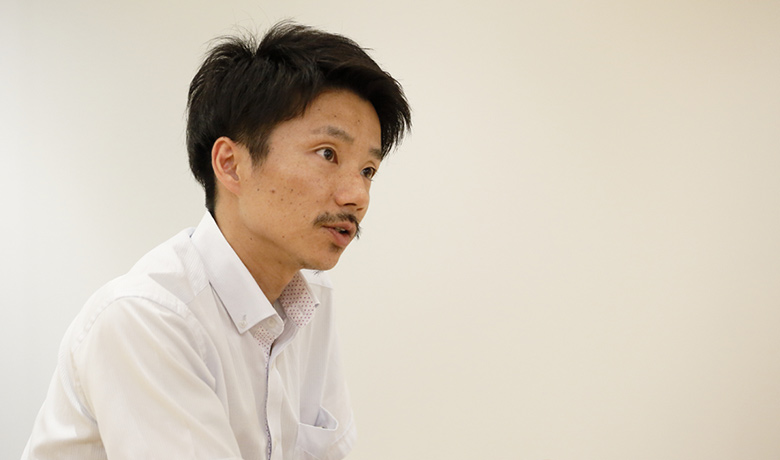
Assist Circulator is a device that interlocks with air conditioners to provide comfortable space and an even temperature throughout the room. While we had long thought of pairing a circulator with an air conditioner to deliver airflow to difficult-to-reach areas, the idea seemed to fade away within the repeated discussions inside the company. Development advanced this time due to the start of a company project in which we try to sell concept products that fulfill these kinds of needs and ask the world.
Conscious of the outer appearance of the product, we concealed all internal parts, including fan, for an elegant, eye-pleasing design. Although many tower circulators already exist in the market, none match our sleek design and all require numerous slits to supply air.
The most difficult consideration was maintaining enough strength to prevent denting of the surface at the slightest touch. Determining the size of holes was also challenging since bigger holes create more draft but also allow people to see inside the equipment.

Design enabled short development time
After settling on the design plan, development was completed in only three months, which was considerably shorter than our standard one-year development period for residential air conditioners. People in the development field commonly use the term "QCD," which stands for Quality, Cost, and Delivery. In developing this product, the highest priority was placed on “D,” Delivery, or lead time.
For example, the caps supporting the cylinder are finished with a coating. The purpose of the coating is to lower gloss on the surface. Unable to meet the lead time with a conventional mat finish for molds, we used a costly coating for surface finishing.
A simple design was another factor enabling fast development. In general, designs gradually change during the meeting with the design engineers.
When we meet with the design engineers, we usually discuss the design details. For example, "Something should be done to put this in" or "Let's make this bigger to create more draft." However, in this development, we used an iconic design that anyone can easily imagine, such as punching and caps, and this helped shorten the time necessary for determining details. The intention from the beginning was to prevent major changes in product shape even if the product were to ultimately be designed for mass production.

Future changes in product development
While the annual production volume of our flagship products of residential air conditioners is 200,000 units, the planned production volume of the Assist Circulator is 3,000 units. In this development, we used molds, such as aluminum molds, that require a shorter work period. The number of lots was limited since a larger quantity would more likely experience an increase in defects. Instead of mass consumption and mass production, I think the trend toward individual customization and low-volume production will grow even further in the future.













